Rathcroghan is a complex of archaeological sites near Tulsk in County Roscommon, Ireland. It is identified as the site of Cruachan, the traditional capital of the Connachta, the prehistoric and early historic rulers of the western territory. The complex includes over 240 archaeological sites, 60 of which are protected national monuments, and ranges from the Neolithic period to the early medieval period. The most fascinating of these are the multi-period Rathcroghan Mound, the mysterious cave of Oweynagat, the Mucklaghs, and the Carns medieval complex. The site is one of the six Royal Sites of Ireland and has many references in early Irish medieval manuscripts, including being described as one of the island’s three great heathen cemeteries and the location for the beginning and end of a national epic tale. The cave of Oweynagat is said to provide entrance to the Otherworld and has associations with the pagan festival of Samhain and the Celtic Goddess Morrigan.
The focal point of the complex is Rathcroghan mound, a broad, circular mound with an average diameter of 89 m and a height of 5.5 m. Surveying has revealed that it was built on top of an existing monument that was made of two concentric stone-built ring banks. A huge enclosure measuring 360 m in diameter and 5 m in depth was also discovered surrounding the mound and other monuments.

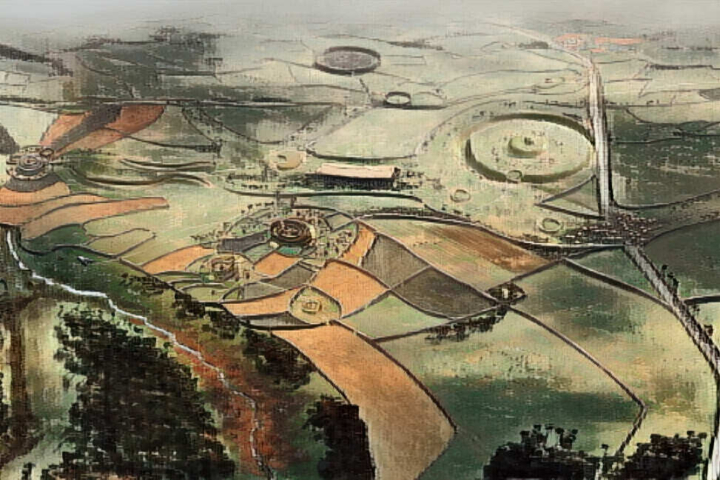
Another significant site in the complex is Rathmore, which translates to “Big Fort.” It is a convex-shaped mound with a diameter of 40 m and a 7 m wide ditch. It is suggested to date from the late phase in the Iron Age into the Early Medieval period. Geophysical surveys indicate evidence of hearths, pits, and ovens on the interior, which suggests the mound was used for habitation. Rath na dTarbh, which means “Fort of the bulls,” is a large circular ring fort with a considerable bank and external ditch. The site is traditionally believed to be where the fight between the bulls Donn Cuailnge and Finnbennach took place in the Táin Bó Cúailnge.
Reilig na Rí, translated as “burial place of the Kings,” is a large circular enclosure with a diameter of 100 m and a stone and earth bank of 1 m high. In the interior of the enclosure, there are traces of a smaller circular enclosure and the remains of five rectangular houses.
Oweynagat is a natural narrow limestone cave with a man-made souterrain at the entrance. The souterrain measures 10.5 m from the entrance to the natural cave and has an ogham inscription on the overhead lintel just inside the entrance.


Dathí’s Mound is believed to be the burial place of Dathí, the last pagan High King of Ireland. It is an embanked burial mound with an overall diameter of 40 m and opposed entrances on the east and west. Excavations in 1913 and 1981 revealed that the mound was carved out of a natural gravel ridge and no graves were found. The Mucklaghs is a group of mounds believed to have been created by a magical boar in Irish folklore. They are thought to be the burial places of the people who were killed by the boar.
Rathbeg is a ring barrow located 600m northwest of Rathcroghan mound, characterized by its concentric rings and double ditch on three sides. The barrow is believed to date back to the Iron Age and possibly the Bronze Age, but its structure is consistent with Neolithic monuments. Cashelmanannan is the foundation remains of a trivallate oval stone fort, with three closely spaced concentric banks of earth and stone. The exact use of the fort is unknown but it is believed to have been a high-status building with good defensive features. Other sites in the area include Misguan Medb, a fallen standing stone near Rathcroghan Mound, and Ancient Avenue, an avenue or trackway that intersects with the outer circular bank and ditch of Rathscreig, and ends at Flanagan’s Fort. Both forts were built at a later date than the avenue.
Cruachan is a location in Irish mythology that is associated with the Ulster Cycle and the feast of Samhain. According to a Dindshenchas poem, it was named after Crochen, the handmaid of Étaín, a sídhe maiden reborn as a mortal. It is the home of Queen Medb, who was given the kingdom of Connacht by her father, the High-King Eochaid Feidlech. The location is described as a royal cemetery and a stone-built fortress. It has heavy associations with Samhain, as the Irish believed that the prehistoric graves from before their time opened and their gods and spirits, who dwelt inside, walked the earth. The cave of Cruachan, called Oweynagat, is also mentioned in the mythology and is associated with various destructive creatures emerging from it.
Gallery


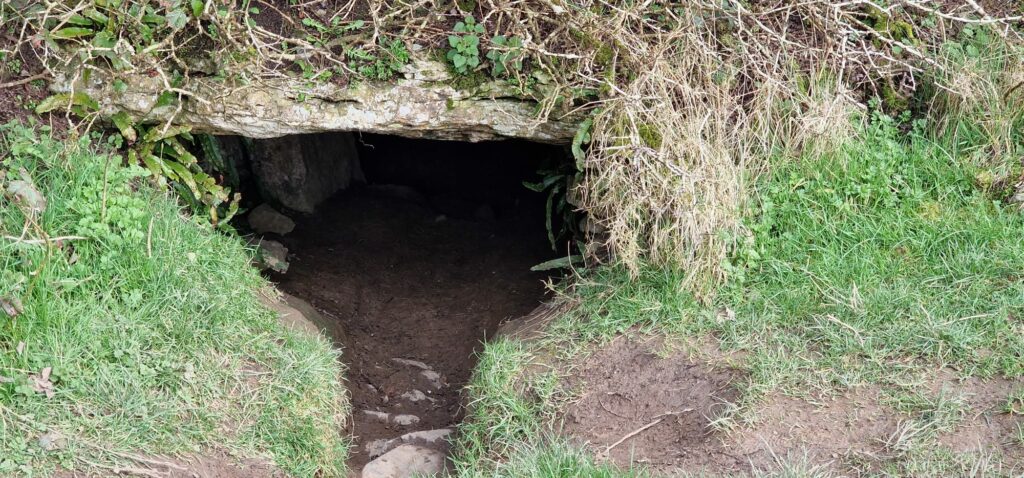
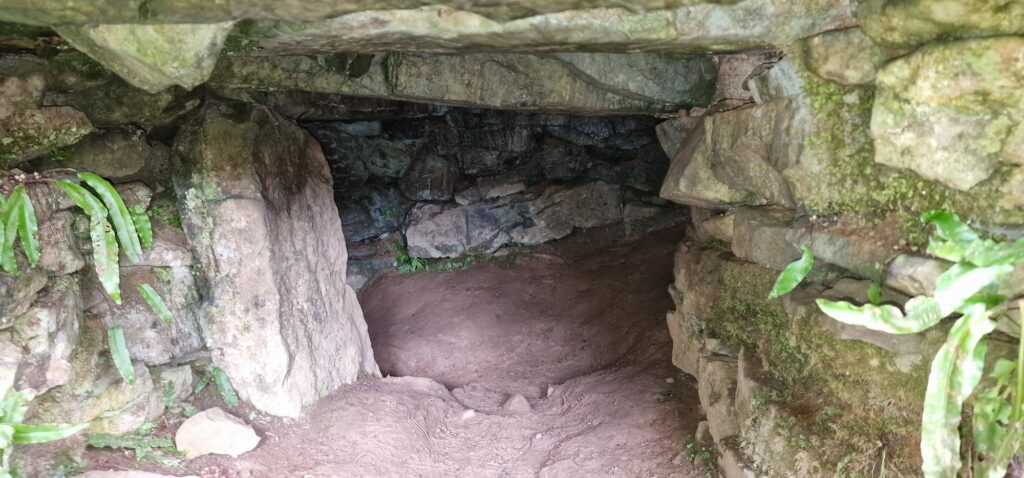
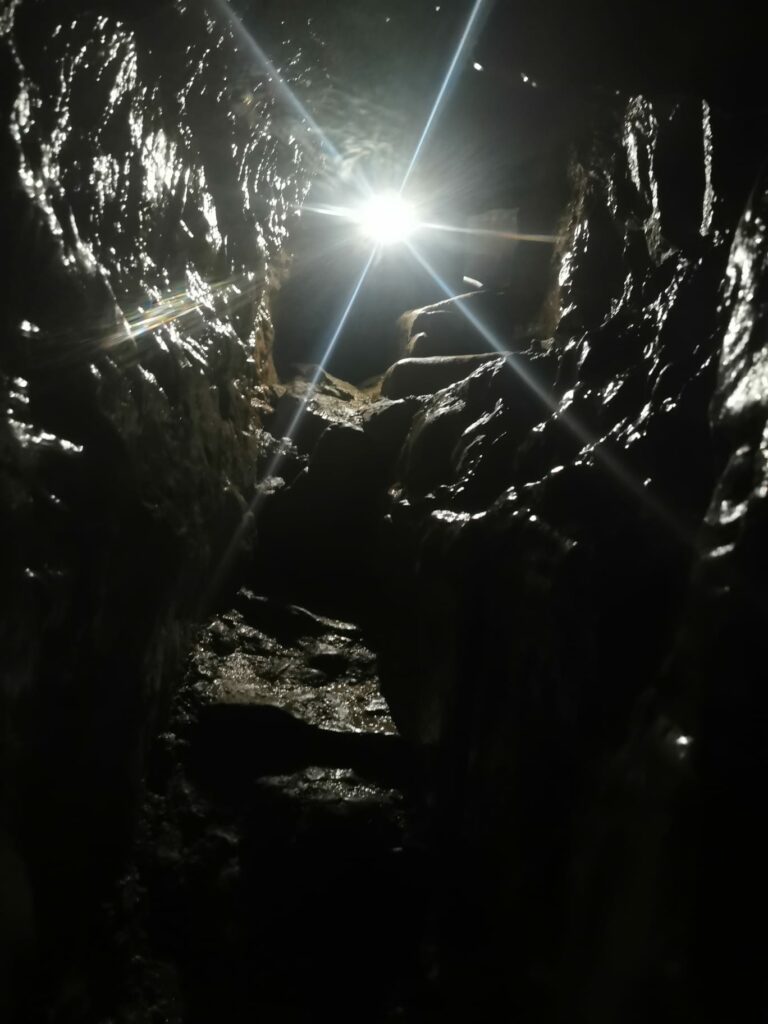

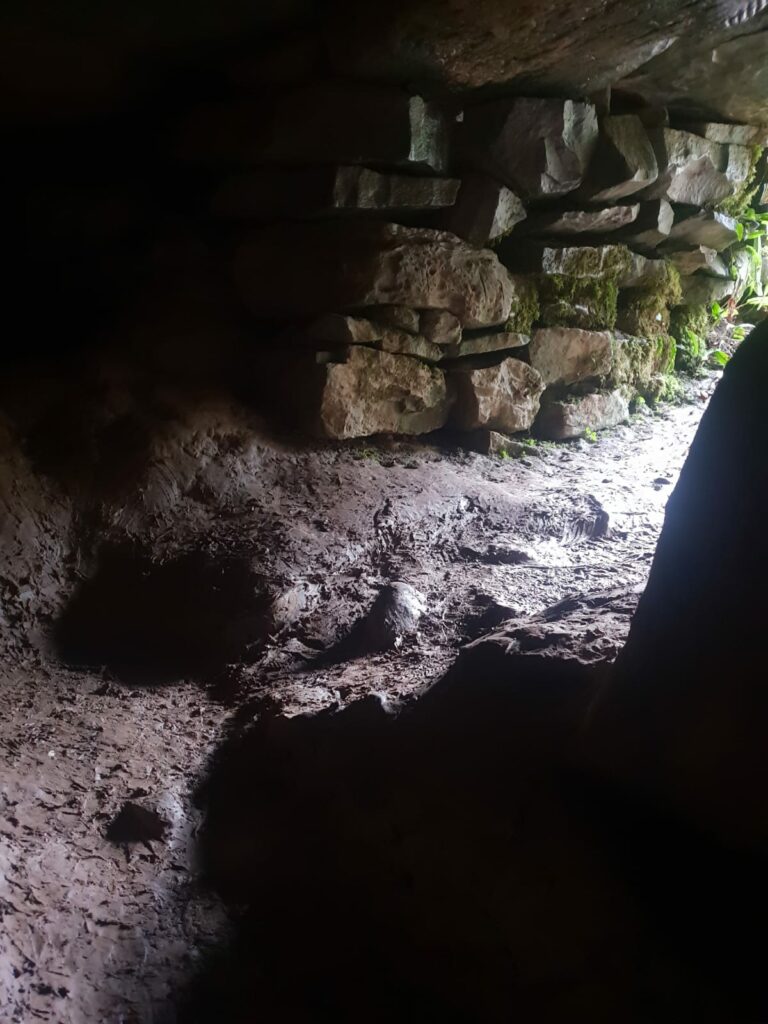

Visit Rathcroghan
Rathcroghan Visitor Centre,
Tulsk, Castlerea,
Co. Roscommon, Ireland, F45 HH51

